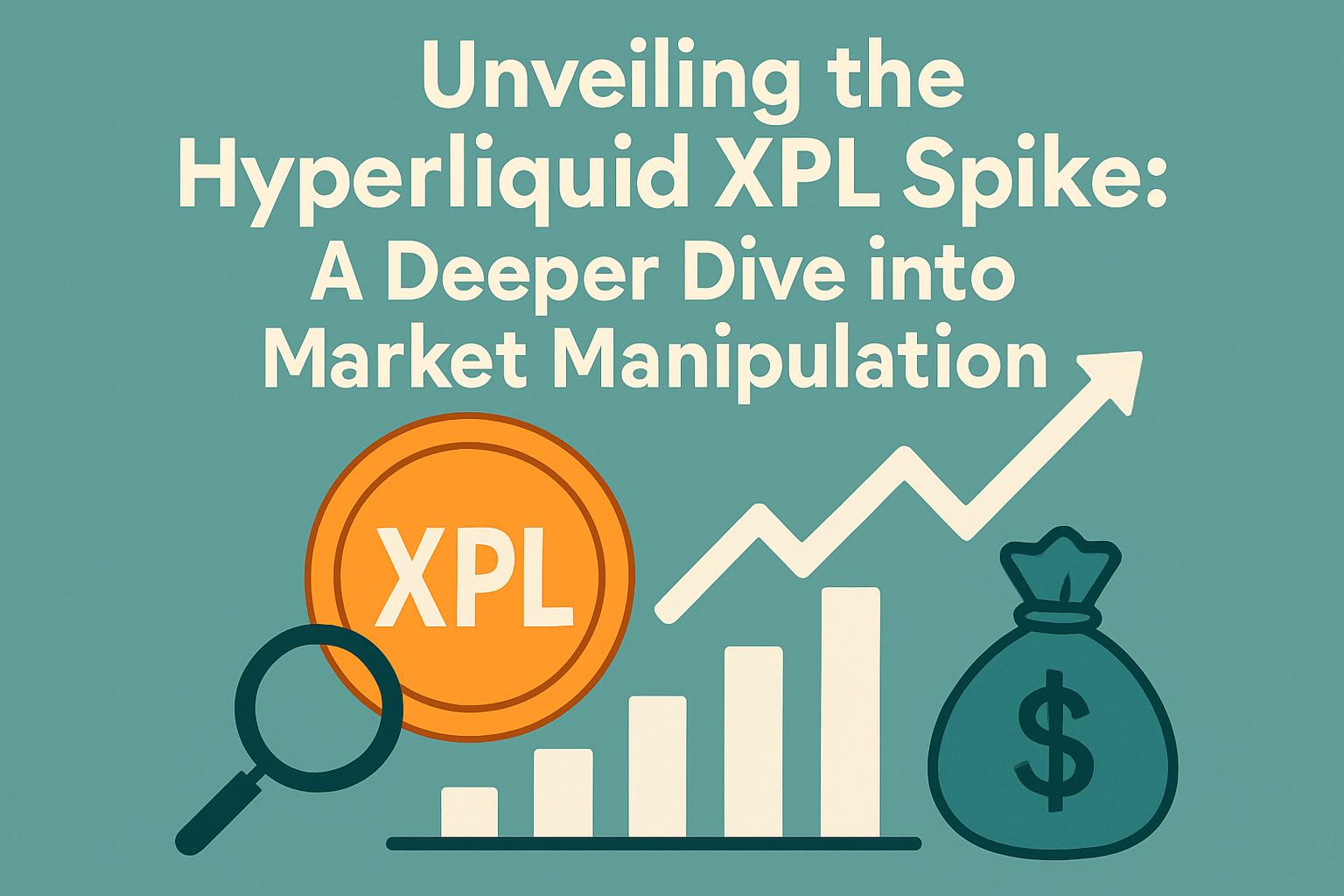In the early hours of the 27th, investors in the Hyperliquid pre-market witnessed a dramatic incident involving XPL, also known as Plasma. An obscure address, 0xb9c, reportedly started placing multiple buy orders just days before a major upheaval hit the order books, propelling XPL’s price to an unexpected high of $1.80 in record time. As multiple addresses reaped millions from this event, questions about potential market vulnerabilities were raised.
Understanding Short Selling: A Strategic Hedge
Short selling is a fundamental trading strategy that allows investors to profit from falling prices. The essence is simple: borrow assets to sell at current prices, with the hope of buying them back at lower rates. For instance, if an investor shorts Ethereum at $3,000 and then buys back at $1,000, the gain stems from the price drop. This maneuver is particularly beneficial for asset holders looking to hedge against downturns by locking in current value.
In practice, this protective technique is often employed in pre-market trading, where investors use short positions to secure profits before a security hits its target price upon public listing. A key advantage is the option to use perpetual contracts, which track asset price rather than requiring physical settlement. Typically, low leverage is chosen to minimize liquidation risk.
The Intricacies of the Hyperliquid XPL Spike
Starting August 24, the address 0xb9c began creating numerous distributed XPL long positions. By August 27, at 5:36 a.m., the same address maximized leverage to acquire a substantial amount of XPL, clearing the order book in one swift move. This triggered a cascade of liquidations, particularly impacting low-leverage shorts designed for hedging. Within a minute, 0xb9c reportedly secured a profit of $16 million as XPL prices surged over two-fold in a fleeting moment.
Besides 0xb9c, another address known as silentraven (0xe41) invested $9.5 million into XPL previously, at an average cost of $0.56 per token. Exiting post-spike at $1.15, this address also garnered significant profits, highlighting coordinated strategies possibly exploiting market features.
Examining the Hyperps Quotation Mechanism
While other exchanges showed relative price stability during the incident, Hyperliquid’s mechanism came under scrutiny for its unique vulnerabilities. Hyperliquid typically bases its perpetual contract quotes on a weighted median of prices from major exchanges like Binance, OKX, and others. However, in the pre-market phase, Hyperliquid employs the Hyperps mechanism, relying on an 8-hour EWMA of the mark price as a reference.
This methodology avoids pegging to specific spot prices, ostensibly stabilizing volatility and mitigating typical pre-listing futures manipulation. Yet, with thin liquidity in pre-listing scenarios, large active orders can significantly skew quotations, especially if sustained briefly, thereby influencing the mark price and provoking cascading liquidations. This event indicates that the limited quotation sources within the Hyperps system contributed significantly to the observed market aberration.

![[News] Bitcoin at a Turning Point? 10x Research Signals a Bullish Macro Shift Ahead](https://cryptoexplores.com/wp-content/uploads/2025/06/new20250616.jpg)
![[News] Binance Lists $HOME, the Gas-Free, Bridge-Free All-in-One DeFi App](https://cryptoexplores.com/wp-content/uploads/2025/06/news20250617.jpg)